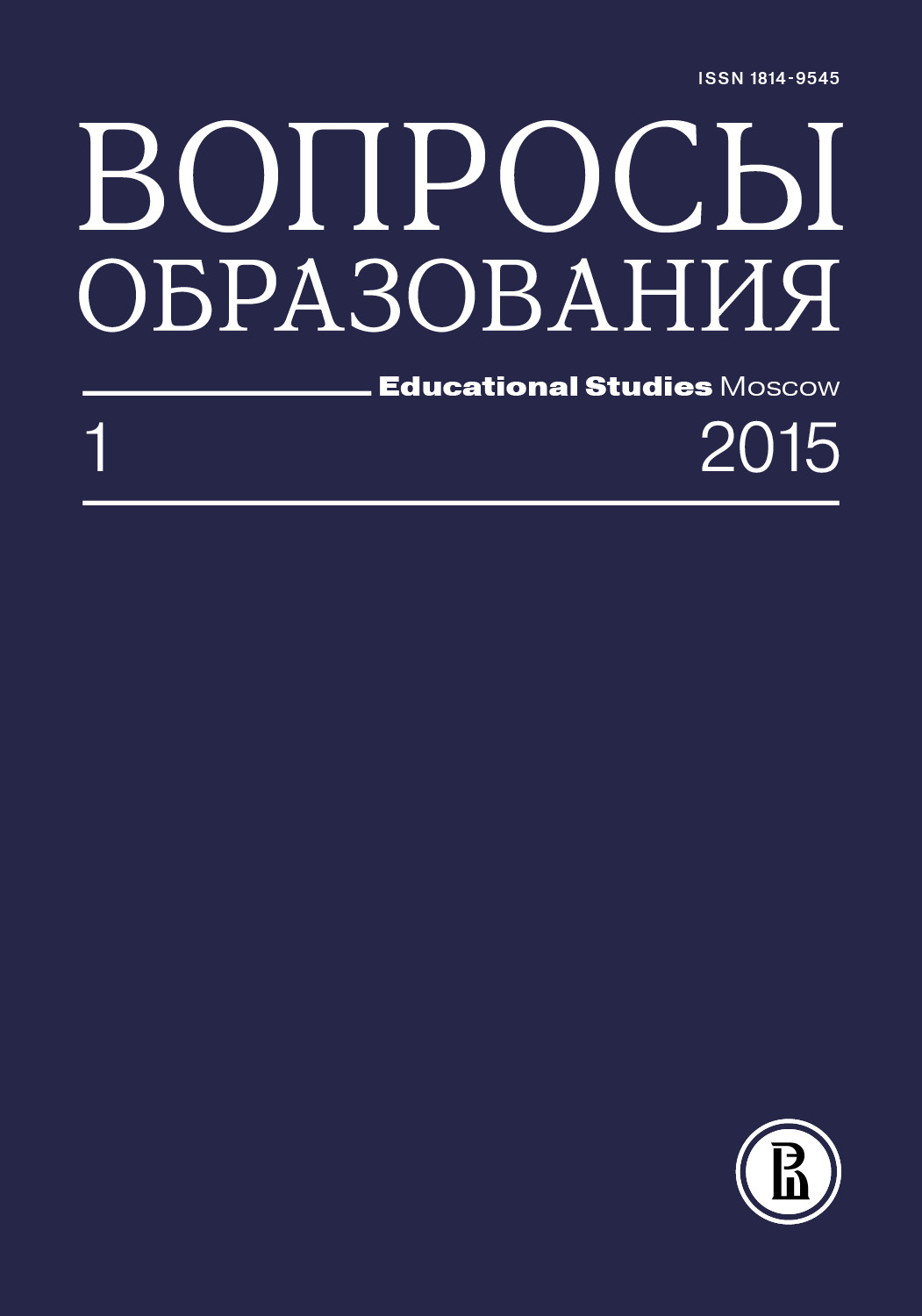Statistical Models for Analysis of Social Network Dynamics in Educational Studies
Abstract
Research on co-evolution of networks and behavior became possible with the emergence of student performance and behavior dynamic data collection and storage tools, as well as with the development of new social network analysis methods. Dynamic network analysis answers the question, how specific forms of student behavior, like bad habits, develop and propagate. It is also helpful in following how school or university students enter into friendship or antagonism with each other, as well as in assessing the impact social relations have on academic performance. The paper gives a review of the two key methods used for empirical analysis of social network dynamics. Stochastic Actor-Oriented Models (SAOM) represent one of the most elaborated techniques of social network dynamics investigation. This approach regards the present state of a network as dependable on its preceding state uniquely. Network evolution appears to be continuous, not discrete, so that a structural macro change is, in fact, a multitude of micro changes. Instead of dealing with structure of the network and prerequisites for its development, the SAOM model studies the processes underlying any changes recorded. Separable Temporal Exponential Random Graph Models (STERGM) are an alternative approach towards research on social network dynamics. In this case, the social network observed is a materialization of one of possible networks with predetermined characteristics. Any network develops in the result of a stochastic process, and the research should be aimed at discovering what forces this process is driven by. Comparison of an empirically discovered network with networks of similar size reveals structural features of the network and characteristics of actors who influenced the process of its establishment. In this paper, we also give an example of how both models can be used with the same set of data.









